There's a hybrid section! Very interesting......



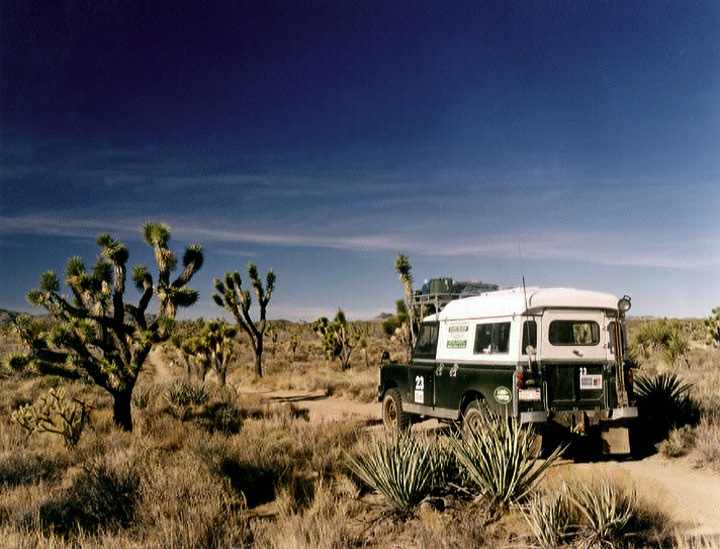
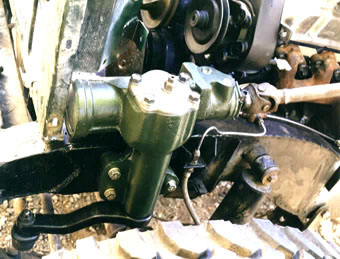
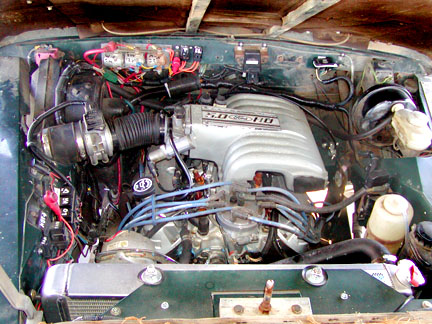
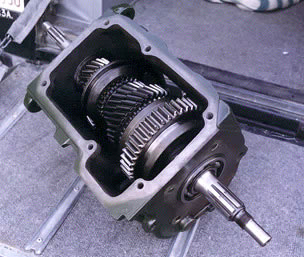
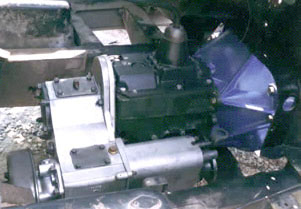
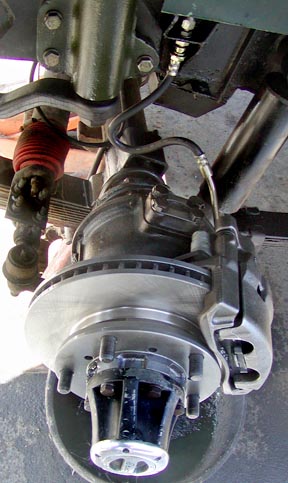




 I have two LR 3.9 liter EFI setups that I might play with for the future. The LR electronics are not known for their durability and seem overly complicated.... There is a somewhat nearby specialist shop that does a lot of MGB V8 and TR8 EFI conversions, using a simpler and hopefully more reliable electronics and sensors. I might drop by for a look.
I have two LR 3.9 liter EFI setups that I might play with for the future. The LR electronics are not known for their durability and seem overly complicated.... There is a somewhat nearby specialist shop that does a lot of MGB V8 and TR8 EFI conversions, using a simpler and hopefully more reliable electronics and sensors. I might drop by for a look.


Comment